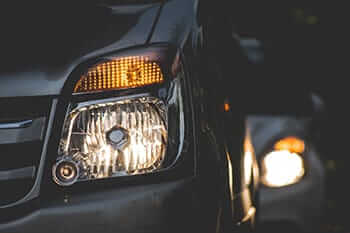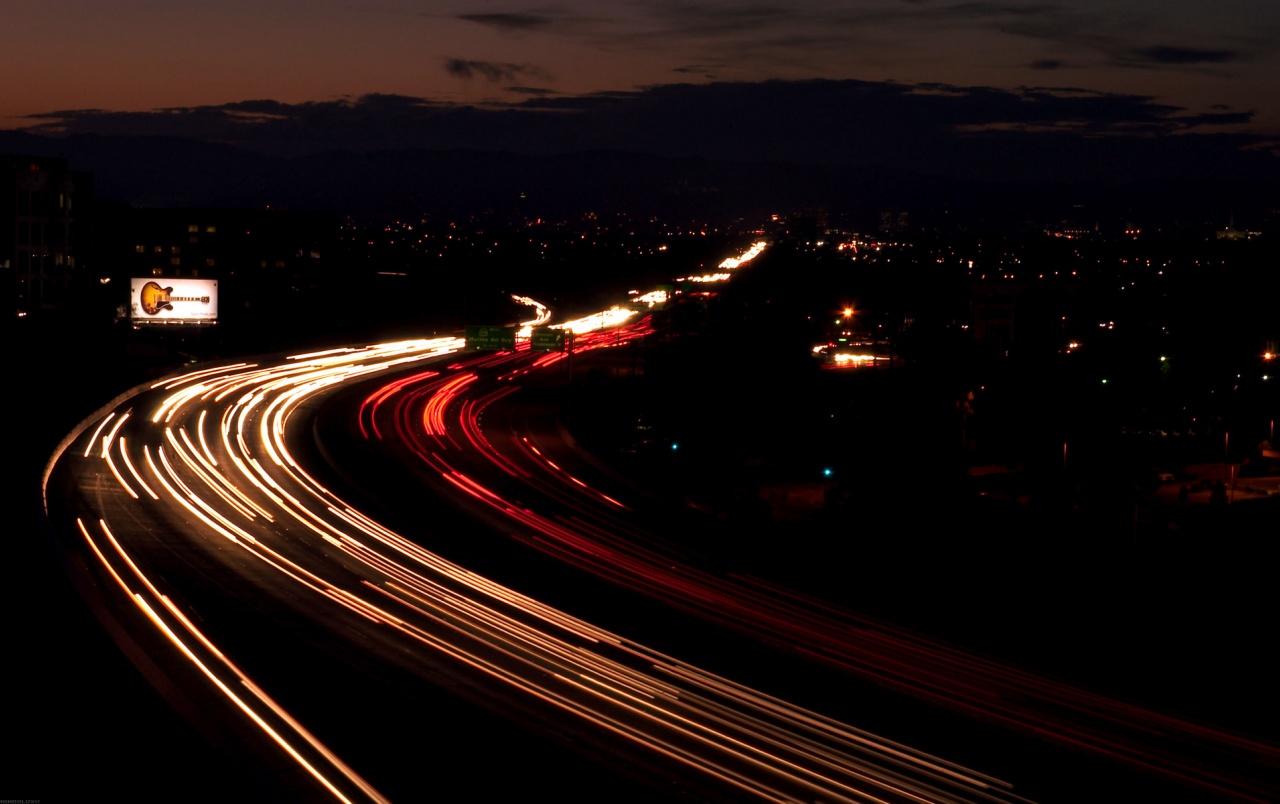Driving at night can be significantly more dangerous than driving during the day.
Despite often having fewer cars on the road, the reduced visibility makes it more difficult to see road signs, curves, objects in the road, or other vehicles. How can you reduce accidents when driving at night? Here are a few helpful tips.
Avoid Glare on Your Windshield
 One of the biggest issues with night-time driving is reduced visibility and the difficulty it causes in judging distance. Because of this, it is important to help your visibility as much as possible. Make sure you keep your windows clean of dirt and condensation. A dirty windshield will increase the glare from other vehicle's headlights or other light sources. Dimming your dashboard lights can also help prevent reflection on your windshield.
One of the biggest issues with night-time driving is reduced visibility and the difficulty it causes in judging distance. Because of this, it is important to help your visibility as much as possible. Make sure you keep your windows clean of dirt and condensation. A dirty windshield will increase the glare from other vehicle's headlights or other light sources. Dimming your dashboard lights can also help prevent reflection on your windshield.
Use Your High Beam Headlights on Dark, Rural Roads
On rural roads with low lighting, using your bright headlights gives you a longer line of sight to see upcoming curves or objects in the road. It's important to remember to turn them off when you see another vehicle driving towards you in the other lane so you don't impair their vision. If the passing vehicle does not lower their brights, avoid looking at the headlights directly. If the lights are too bright to continue looking forward, watch the right-hand curb or street line to monitor your position on the road.
Make Yourself Visible
It doesn't have to be completely dark out for it to become difficult to see, low light still reduces visibility. It is advised to turn your headlights on during dusk, early morning, and on cloudy days to make it easier for other drivers to see you. It's also a good practice to regularly check your lights to make sure they're clean and all working properly.
Drive Cautiously
It's always important to practice defensive driving, but it's often more difficult to predict potential hazards with reduced visibility. Leave a longer following distance between you and the car in front of you in case of an abrupt stop. Keep a watch out for cyclists, scooters, and pedestrians, especially in residential areas. It can be very difficult to see cyclists and pedestrians at night, especially if they are not wearing reflective gear.
When driving at night, it's important to take extra precautions. Following these simple tips can help keep you and others safe after dark.

